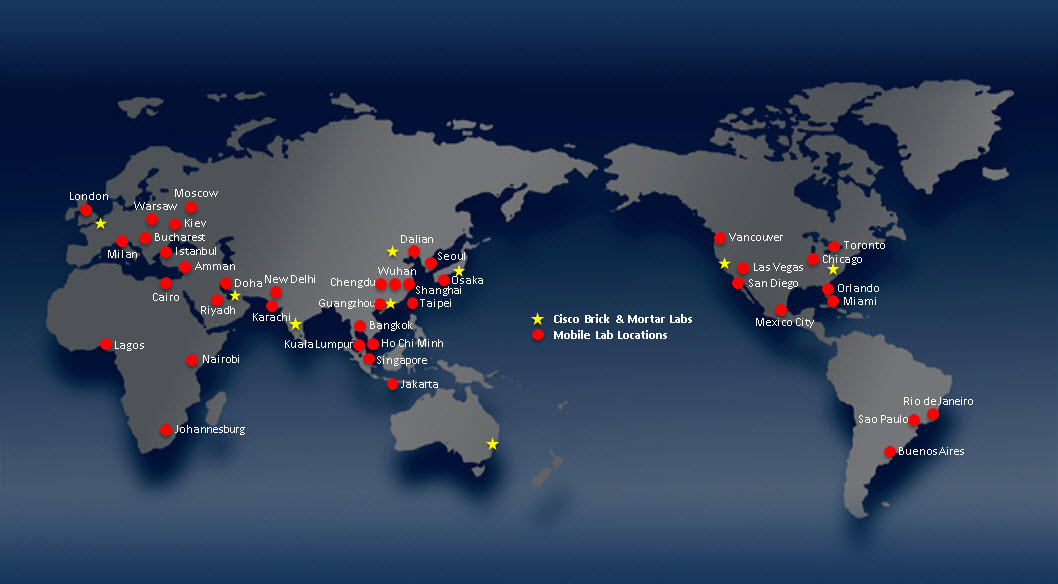The CCIE Security certification consists of the two exam modules, i.e. the written exam and the practical exam, which includes hands-on eight hours of the lab exam. Before gaining the eligibility of attending the lab exam, you’ll need to pass the two-hour, written qualification exam which will cover the concepts of network security and some equipment commands before you are eligible enough to schedule the lab exam.
Personally speaking, the written exam was not as tough as the lab exam proved to be as I have a great help from the CCIE Security Study Dumps Provided by the SPOTO CCIE Club . CCIE Security Lab Exam is an eight-hour lab exam which is going to test your ability to get a sheltered network operation in a timed test location. There wasn’t much time left for me as when you have cleared the CCIE Security Written exam, you will need to attempt for the CCIE Security Lab exam in the next 18-months. Also if you failed in this exam, you will again have to attempt it in 12 months. So I was having about 18 months before I could appear for the CCIE Security Lab Exam. It’s more than enough right? Well, you are wrong if you think it will be enough time.
So before you make up your mind, you need to understand all the 3 modules of Lab Exam which you need to pass on before you gain the final certification and all the modules will require lots of learning and studying to clear this certification in the first trial.
Module 1: Troubleshooting
For the first module, which is the Troubleshooting module, delivers the incidents that are independent of each other. It means that the resolution of one incident won’t be depending on the resolution of another. I spend around 6 months studying this module in the SPOTO Lab Training Club. Always remember that the topology that is going to be used in the Troubleshooting module will be totally different than the topology that is going to be used in the Configuration module.
Another thing that I learned from my experience is that you need to finish the Troubleshooting module in 2 hours. There is an option that if you can’t, you can extend the Troubleshooting module’s time by taking up the time of about 30 min from the Configuration module. But this borrowed time would be cut off from the total time of the Configuration's module. I would suggest that though Configuration Module is of 6 hours, and you have plenty of time there, don’t borrow the time as it is going to be needed in the Configuration module. And if you do borrow, then try to finish it as fast as you can as the remaining time would be added to the Configuration module.
Module 2: Diagnostic module.
The second module which I cleared without any difficulty was the Diagnostic Module. The new Diagnostic module has put forth their focus on the skills that are required to diagnose properly the network issues, without accessing the device. We were provided with a set of documentation that represented a snapshot of the realistic situations which are faced at a point in time by the network engineer in an investigation process. It took me around 3 months of study to have a hand on the Diagnostic Module which I spend on the hands-on lab training in the SPOTO Club.
Module 3: a Configuration module
The last module which is the Configuration module provides a setup very similar to an actual production network which would be having various security components providing various layers of security at diverse points in the network. This is the main module and it consists of the 6 hours which is again not suitable for the fresher. But worry not, just join the SPOTO CCIE Club and gain their Lab training for best results.

 Join Telegram Study Group ▷
Join Telegram Study Group ▷













